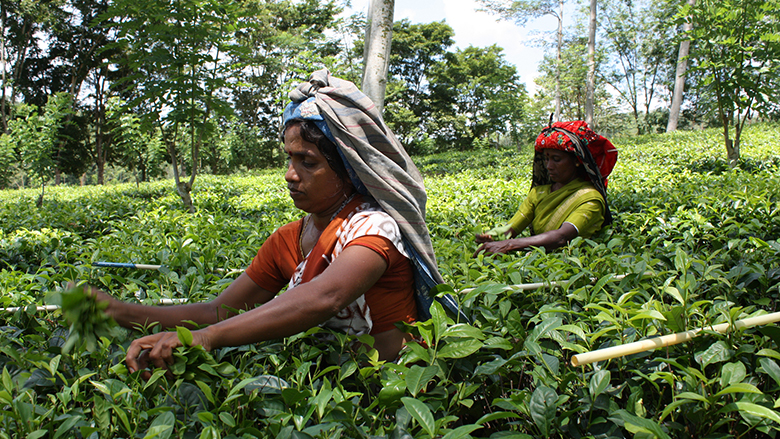Agriculture and Rural Development

Research within this pillar aimed to identify the global impacts of reforms that appear to be a particularly high priority and to generate new research that can provide guidance on the policy reforms needed to achieve the goal of ending extreme poverty.
The Role of Agriculture and Rural Development in Ending Poverty and Boosting Shared Prosperity
Three-quarters of the world’s poor live in rural areas and most earn their living from farming. Enhancing agricultural productivity is thus essential to achieving poverty reduction. Productivity growth in agriculture is also the driving force behind structural transformation.
he purpose of this research program is twofold:
- Provide guidance on productivity enhancing investments in, and policies toward, the agriculture sector
- Understand the transformation of the sector that is already underway and how this has contributed to ending extreme poverty and boosting shared prosperity.
The research program has yielded outputs concentrated in four main areas:
- Structural transformation: An analysis of micro panel-data from Bangladesh shows that rising agricultural productivity has increased employment in both manufacturing and services. In rural areas, this employment growth is largely concentrated in small-scale enterprises (less than 10 workers), whereas in small towns it is spread across both small and large-scale enterprises. Agricultural productivity growth appears to induce structural transformation within the small-town services sector, with employment in high-skilled services growing at a faster pace than that in low-skilled services.
- Food prices, trade, and poverty: Elevated food prices in the late 2000s provoked a rash of government interventions in agricultural markets across the globe, often in the name of protecting the poor. However, evidence from India shows that unskilled wages rose faster in rural districts growing more of those crops with large price run-ups over the 2004-09 period, thus benefitting rural households. Policies, like agricultural export bans, which insulate producers (as well as consumers) from international price increases, are likely to be particularly harmful to the rural poor.
- Land and returns to scale in agriculture: The 2007/08 commodity price boom triggered a global “land rush,” with investors especially eager to acquire agricultural land in Sub- Saharan Africa. Analysis of new data from Ethiopia shows that, even at the peak of the land rush, the bulk of land transferred to investors went to Ethiopians rather than to foreigners and about half of it remains unutilized. Moreover, with one permanent job per 20 hectares, commercial farms fail to generate much employ¬ment. Finally, for most crops, the yields of commercial farms are roughly twice those of smallholders.
- Water resources in agriculture: Efficient management of canal irrigation is critical to sustaining improvements in agricultural productivity. Two forthcoming studies consider the allocation of canal water in Pakistan’s vast Indus basin. The research shows that both water availability and land values decline as one moves down a given irrigation channel, with this decline accentuated along channels on which political power is relatively greater upstream. Irrigation reforms, which were designed to rectify such inequities, appear to have worsened them. Indeed, on channels with larger landowners situated upstream, Punjab’s decentralization of irrigation management led to especially inequitable water allocations, suggesting that the reform enhanced opportunities for rent-seeking.


